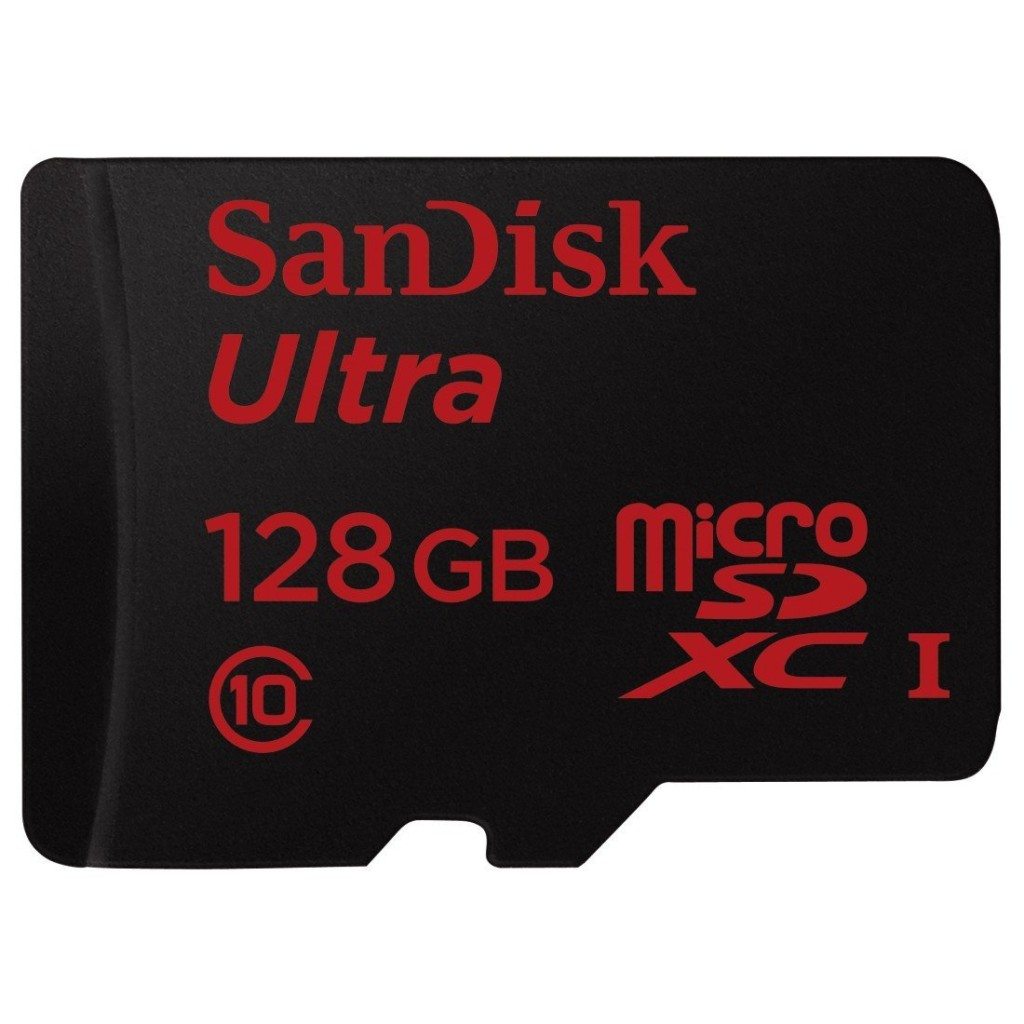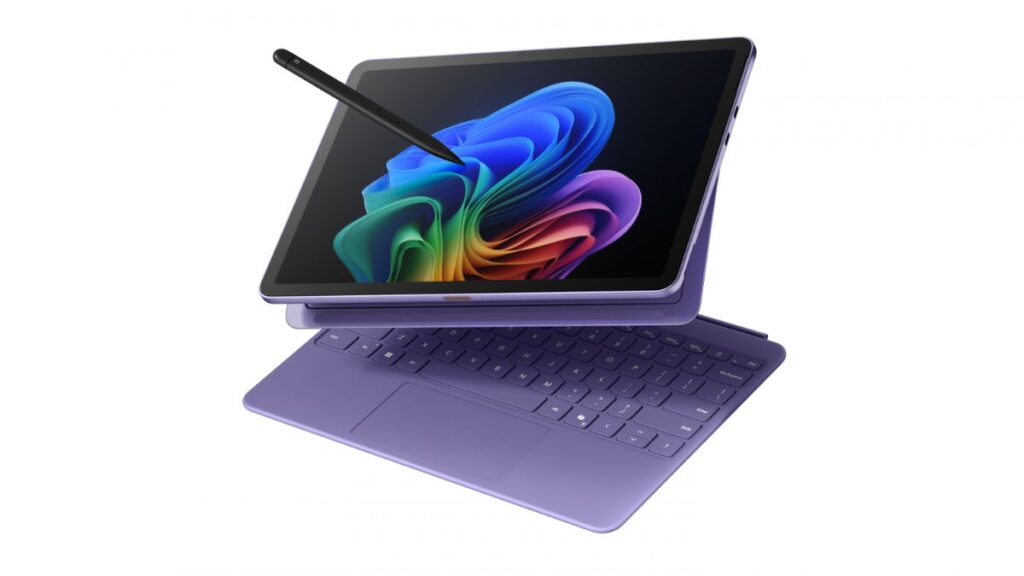30 Days with Surface Pro 3: Day 13
Super slim ultrabooks, and next-generation devices like a Surface Pro 3 tablet bring many advances to computing technology. There are also some tradeoffs, though, to enable vendors to pack an entire computer into a slim, lightweight frame. One of those tradeoffs is in the amount of local storage capacity, which is why you have to be more vigilant and creative about storing your data on a Surface Pro 3.
The Surface Pro 3 comes with 64GB, 128GB, 256GB or 512GB of SSD storage depending on which model you buy. I managed to get by with 128GB with the original Surface Pro, and I had a 128GB SSD in my MacBook Air, but I recommend getting at least 256GB of internal storage. In my opinion 64GB is simply too small to be useful, but you can even work with that very limited capacity if you follow the advice here.
There are three ways to expand your data storage beyond the capacity of the internal SSD in your Surface Pro 3: cloud storage, microSD memory card, and external USB storage.
1. Cloud storage
Microsoft has woven its OneDrive cloud storage into the Windows operating system. It shows up as a default option for saving or accessing files, which makes it simple to use as if it were local storage. You aren’t limited to OneDrive, though. Other services like Box, or Apple’s iCloud Drive can be installed on your Surface Pro 3 and the sync folders also show up in File Explorer as options to access or store data.
There are two things that might affect your choice about which cloud service to use. You want a cloud service that works as seamlessly as possible across all of your devices so you can access your cloud data from anywhere. You also want a cloud service that gives you the most capacity for the least money.
OneDrive stands out because of its tight integration with Windows, its availability across iOS and Android mobile devices, and the fact that Office 365 customers get unlimited cloud storage capacity.
2. MicroSD memory card
You can also just expand the physical storage capacity on the Surface Pro 3 using the microSD memory card slot. You can find 32GB SD memory cards for less than $10. I have a 128GB microSD card installed in my Surface Pro 3—increasing my total capacity by 50 percent to 384GB.
There’s a $650 difference between the Core i5 Surface Pro 3 with 256GB SSD, and the Core i7 with 512GB SSD. The 128GB microSD card only costs about $100.
Adding capacity with a microSD memory card offers two advantages. First, the storage is still local, so accessing the data stored there doesn’t rely on being connected to the Internet. Second, you can expand indefinitely by using multiple microSD memory cards. You can designate different cards for specific purposes—like one for music, one for movies, one for work data, etc.
3. External USB storage
Finally, there’s the tried and true external USB drive. You can just plug a thumb drive or external hard drive or SSD into the USB port on your Surface Pro 3. External drives come in all shapes and sizes. You can get a disaster-proof ioSafe drive that can withstand fire, water, and even a shotgun blast, or you can get the super small, super-fast 1TB T1 SSD drive from Samsung, and just about everything in between.
SSD technology is advancing rapidly. The SSD options continue to increase in size and decrease in price, so it is becoming less of an issue as time goes on. But, if you’re used to having 1TB or more on a Windows desktop or laptop PC, you will need to use these tips to expand or work around the limited capacity on a Surface Pro 3.
Perhaps the Surface Pro 4 will offer 1TB or more.
Day 12: Loving the new Type cover
- Why Data Security Is the Real AI Risk - June 30, 2025
- Why Being Bold Matters in Cybersecurity—and Branding - June 3, 2025
- Gear Tested and Approved: My Top Picks for Dads and Grads This Season - May 28, 2025




Why did you only go to day 13?
Got sidetracked with other projects. I am preparing the rest of the series and will have it posted shortly.
There is absolute no sane reason to need anything other than the base 64gb on the surface pro. Anyone who stores even that amount of data on a mobile computing device is an idiot. Anything of value should only be stored temporarily the rest should be on home backup or cloud. These small slim devices are prone to be rendered totally useless and unsalvageable if dropped hard, and are very susceptible to loss and theft.
My surface 3 is stuck in flight mode,how can I fix this.